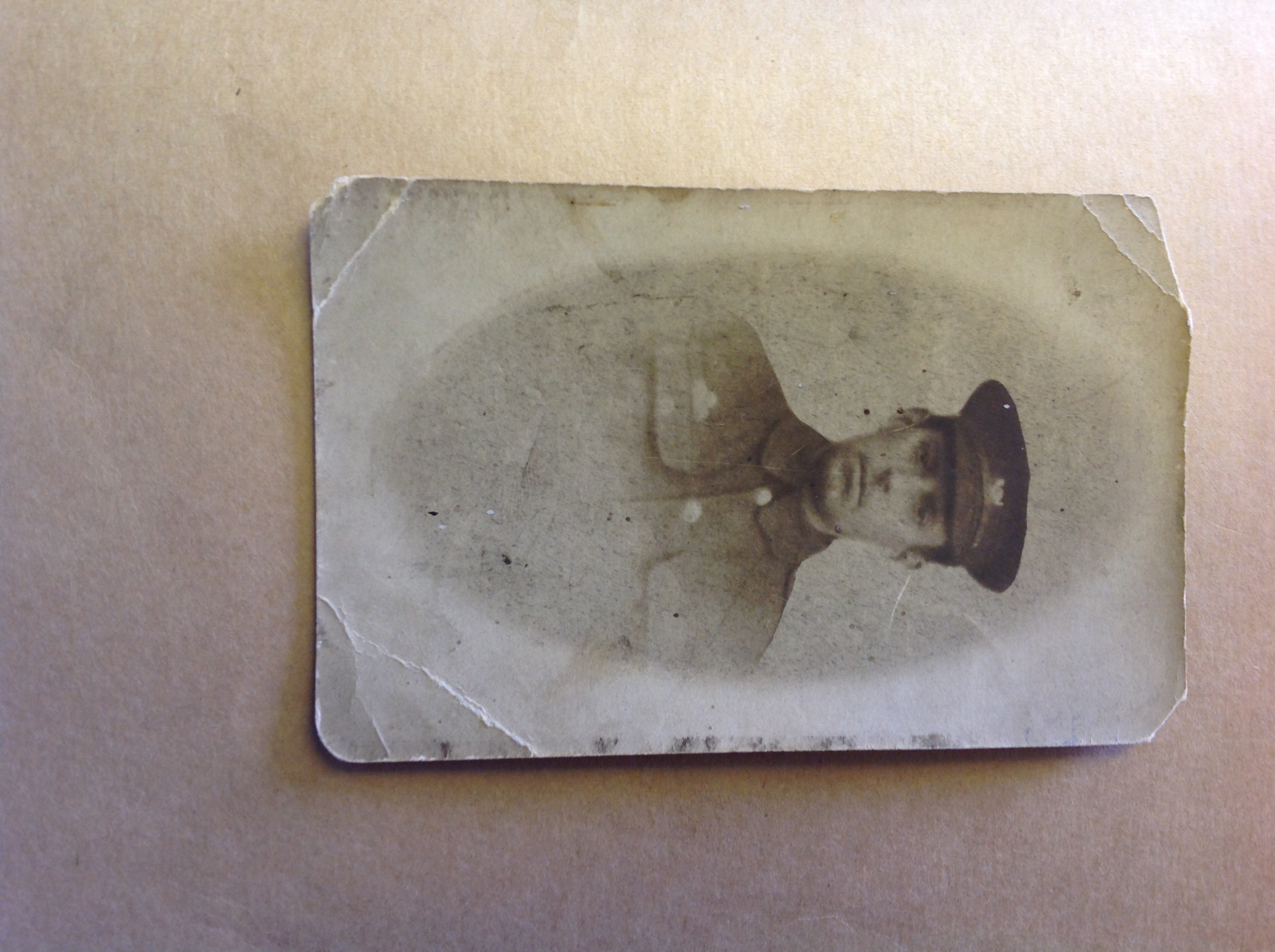James Edward Womack
Date of birth: 16.4.1878
Date of death: 4.1918
Area: Horbury
Regiment: King’s Own Yorkshire Light Infantry
Family information: Son of James and Maria Womack
Rank: Sergeant
Service number: 201472
War Service
James Edward Womack, service number 201472, was probably a member of a territorial battalion before the outbreak of the First World War. As a member of the 1/4th Bn of the King's Own Yorkshire Light Infantry he would have gone to France in the spring of 1915.
As part of the 49th Division the battalion spent considerable time in the trenches near Boesinghe, Ypres, in 1915.
On the opening of the battle of the Somme in July, 1916, they were in support in the Thiepval sector, and the battalion operated in this part of the Somme battleground until September, 1916.
In October, 1917, the 1/4th served with distinction in the later stages of the Passchendaele offensive, where their attack on the ridge was thwarted largely by the mud and broken dykes, and the inability to move forward in the face of withering machine gun fire.
By the spring of 1918, James was a sergeant and involved in the desperate defensive fighting against the German Spring Offensive at Neuve Eglise in Belgium. On the critical day of April 14th, the battalion was pushed back through the town to a railway embankment where they dug in before their final withdrawal. The battalion War Diary tells of desperate hand to hand fighting. James was killed at some point during this day, but has no known grave. He is commemorated on the Memorial to the Missing at Tyne Cot.
Family Life
James was born on 16th April, 1878 in Netherton, the son of James and Maria Womack. By the time of his death, the family was living at 69, Cluntergate, Horbury. Before joining the army, he had worked as a miner at Crigglestone Colliery.
He was killed 2 days before his 40th birthday. It's just a story that was passed down in the family, but apparently, James' mother, Maria, was so heartbroken by the news that he was missing in action, that she used to go down to Wakefield station to meet the London trains coming in in the hopes that he would be on one. He was lost, but she hoped that perhaps he had been wounded and that he would return. A lot of women reacted in this way. They could not accept that their loved one had been killed.
 James Edward Womack
James Edward Womack

